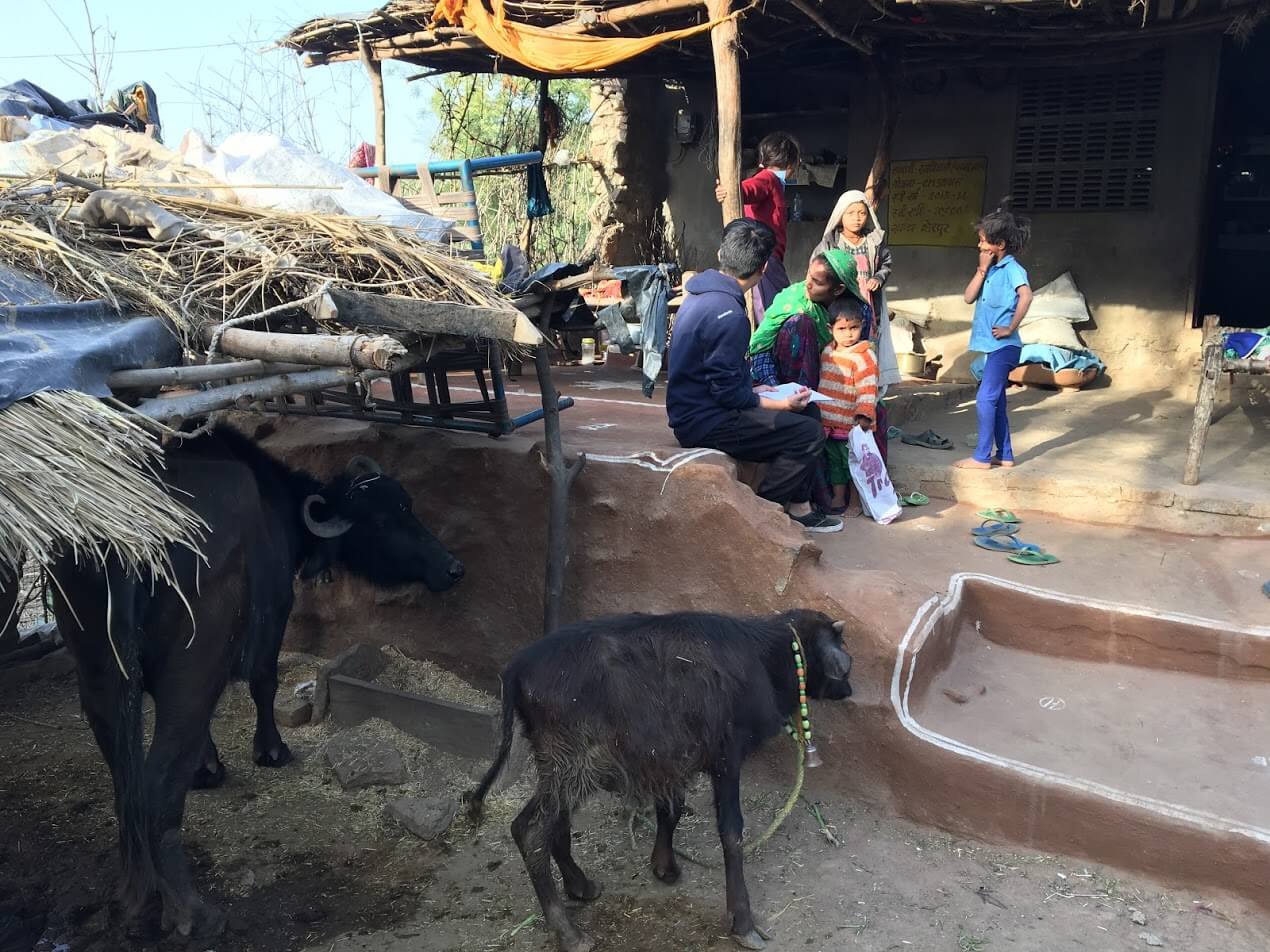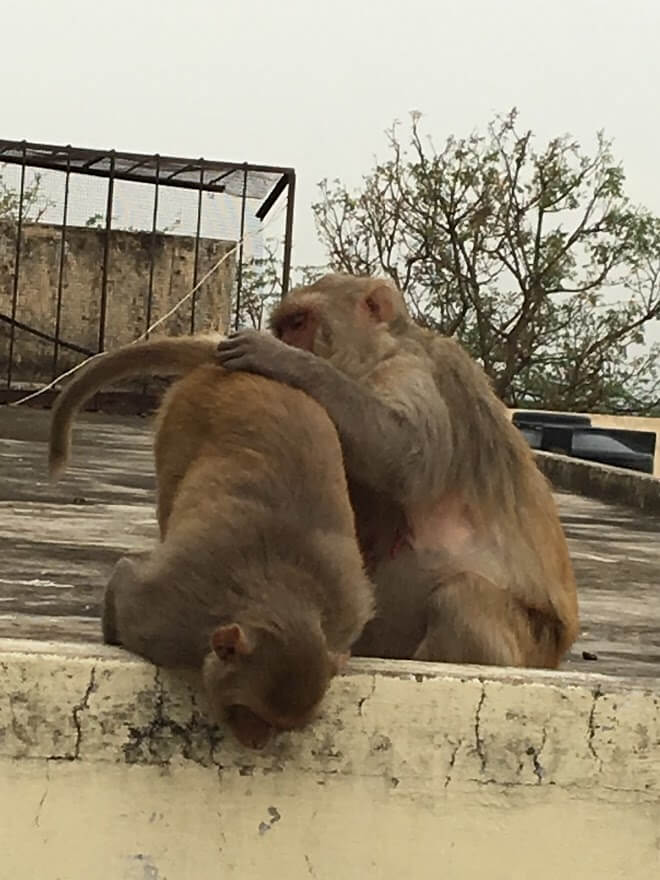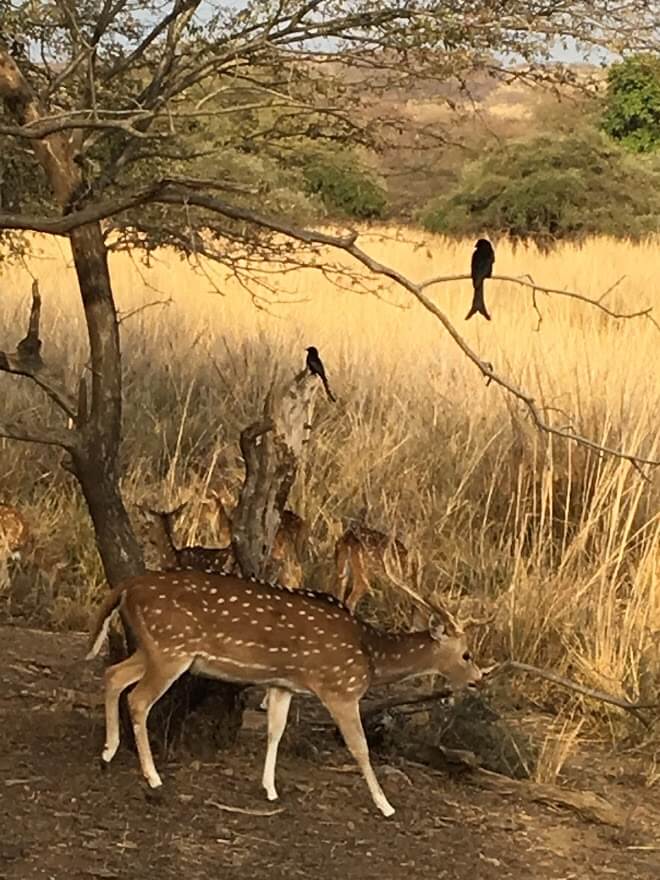Reading Time: 9 minutes
Aruna enquires who are the beneficiaries of wildlife tourism, in the context of Ranthambore National Park. Here’s an in-depth analysis, exclusively for Different Truths.
Have you ever visited a place as a tourist and wondered about who gets the lion’s share of the money you’ve spent there? About 60% to 70% of the tourists strongly believe that the benefits of tourism automatically percolate to the lowest echelons of the local community. This belief is largely held by the general public and the policy makers too. The dissenters, on the other hand, believe that most of the gains are siphoned off by the middlemen – the tour operators, the rich hotel owners (not necessarily local), and transport providers. The umbrella of general tourism shelters many categories of tourism act: tourism done for social and religious purposes, adventure tourism, nature tourism, ecotourism, wildlife tourism and now even medical tourism. I propose to look at which of the above statements holds true in the context of Wildlife Tourism, with special reference to the Ranthambhore National Park (RNP) in Rajasthan.
This article stems out of primary data collected for my Ph. D thesis from two villages (out of 54 villages) situated on the east and west side of the RNP.
You might well be aware that man’s relationship with his environment is a two-dimensional one.
You might well be aware that man’s relationship with his environment is a two-dimensional one. On the one hand, he harvests natural resources to meet both his direct and indirect requirements for consumption and production. On the other, he returns to the environment a toxic by- product of his activities: pollution. The typical issues facing most countries, concerning environmental policy, may be broadly classified into the “green issues” and the “brown issues.” The green issues arise from man’s exploitation of Nature to meet his consumption and production needs, and include issues such as deforestation and depletion of both the forest and marine species. The “brown issues” arise from the amount of waste released into the environment as pollutants.
Nature’s capacity to provide resources is not infinite but bounded, and there are severe limitations to its rejuvenation and waste assimilation capacities. Environmental protection has therefore come to be recognised by societies and governments of both developing and developed countries as the fulcrum of all policies relating to sustainable development.
Forests play a critical role …. They act both as providers of resources for “development” as well as carbon sinks to absorb the toxic gases and wastes…
Forests play a critical role as far as the environment is concerned. They act both as providers of resources for “development” as well as carbon sinks to absorb the toxic gases and wastes, which are the by-products of the said development process. Today, the percentage of the world’s green cover, including forests, is at an all-time low.

According to the Convention of Biological Diversity (CBD), a Protected Area is a “geographically defined area which is designated or regulated and managed to achieve specific conservation objectives”. The aesthetic and ecological benefits of preserving wilderness by establishing National Parks(NPs) have long been acknowledged, yet they have rarely been quantified.
Initially, the primary objectives of most NPs were to conserve and promote sustainable use of natural resources of an area. Most National Parks operate on an “exclusionary” principle. Ancient philosophy perceived men to be distinct from nature. Hence, in order to conserve Nature, it was essential to ‘exclude’ men from natural reserves by relocating villages settled inside Parks and currently deriving their sustenance from it. The people of the villages settled inside the parks drew their sustenance from the forest by hunting, using forest land for grazing purposes and for collecting non- timber forest produce. This process of relocation of villages to create a Protected Area for conservation leads to the creation of “conservation refugees”, a considerable loss of livelihood avenues, a worsening of the level of welfare and a consequent increase in the number and intensity of the Human-wildlife conflicts. Incidentally, Conservation Refugees have a lower status than political refugees or ‘development refugees’ (e.g., people displaced to create a hydroelectric water generation plant for development purposes) and are therefore not even recognised, let alone compensated for their loss of livelihood by the government.
The 1990s saw the emergence and success of the “inclusionary” principle…
The 1990s saw the emergence and success of the “inclusionary” principle whereby it was felt that the overall success of any conservation plan depended on the active participation of all relevant stakeholders. In the case of Wildlife tourism, there are three major stakeholders: tourists, wildlife itself and the local communities. A clause that the local community should not suffer on account of the said conservation effort was therefore added to the existing Wildlife Protection Act of 1972. Since then, most conservation efforts make a conscious effort to include the local people in the planning and implementation of any policies relating to conservation.
Creation of Protected Areas necessarily increases the human-wildlife conflict at all stages. Prohibition or restricted use of a previously free resource ignites the initial feeling of resentment against the wildlife who are perceived by humans to have “stolen” their source of sustenance. Even if the relocated villagers are granted arable land as compensation, the conflict may continue. Wildlife are no respecters of human boundaries and attacks on domestic cattle and humans only intensifies the initial conflict: it doesn’t matter then that it was the human encroachment on forest land that actually led to the conflict. Most studies relating to the creation of Protected Areas and conservation efforts associated with the consequent increase in wildlife tourism, have focused solely on the ecological side of the conflict, with no inputs from the social sciences. Assessing the social impacts of protected areas on the livelihoods and welfare of the local communities were actually perceived as being hostile to the cause of conservation. Few studies exist on this aspect of the declaration of National Parks in India. However, it is a well-known fact that any successful conservation effort requires the active participation of the local community. Even if the benefits of the National Park are only “perceived” and not “actual,” the resulting support for conservation may well be substantial.
India today boasts of 52 National Parks and 372 Wildlife Sanctuaries.
India today boasts of 52 National Parks and 372 Wildlife Sanctuaries. The Ranthambore wildlife sanctuary (founded in 1955) was one of the nine sanctuaries, which was declared a National Park, in 1980, under the aegis of The Project Tiger. In 2016, it ranked first among all NPs in revenue generation from wildlife tourism. The two major attractions of the sanctuary are the Ranthambhore Fort situated inside the park and the Trinetra Ganesh Mandir situated inside the Fort, and the Tiger.
I first started visiting this park, in 1985, and have personally witnessed the increase in the number of hotels, transport providers and handicrafts sales over time. The cataclysmic rise to fame and fortune of some individuals, both in the transport and the handicrafts sector, was very intriguing. The increase in the number of five-star hotels established by well-known hotel groups like the Taj Group and the Oberois made me wonder whether the benefits of the expanding tourism industry was largely being siphoned off by intermediaries or percolating to the local population. This niggling question became the basis of my research. The main objectives of my study were:
1. To estimate the livelihood and welfare augmenting impacts of wildlife tourism. Average per capita monthly income and average per capita monthly expenditure (on food, non-food, and total) were defined as the welfare variables. Two villages, on the outskirts of the Ranthambhore National Park, were selected for data collection. A novel study village -control village approach was followed. Sherpur, the study village and Mei Kalan, the control village, are similar in most ways, except in the extent of participation of households in the tourism industry. The control village is necessary to filter out the direct and indirect effects of tourism on the livelihood of the local community. The study village was further subdivided into two groups: the tourism participating households and the non-tourism participating households.

The direct benefits of tourism are expected to yield higher average levels of per capita income…
2. The direct benefits of tourism are expected to yield higher average levels of per capita income and average per capita total expenditure for the tourism participating households when compared to the non- participating households. Any trickle- down effect or indirect effect from tourism would yield higher average levels of per capita income and average per capita total incomes for the non-tourism participating households when compared to households in the control village.
3. Further, an analysis of the local perception of potential benefits and adverse impacts of tourism was carried out to substantiate the findings from the quantitative analysis.
The procedures and multivariate regression-based analysis was done to check whether tourism has a substantial impact on per capita monthly income and per capita monthly expenditure. A simple analysis of the difference in means was carried out across households in the study and control villages for essential measures of physical and human capital as well as income and expenditure patterns. Simple aggregate-based tests for qualitative analysis of local perceptions have also been carried out.
The results of the study show
1) Agriculture and allied activities are the main occupations in both the Study Village and Control Village.
In the non-agricultural sector, the majority worked as casual labourers (pooled data from both the study and control villages).
2) In the non-agricultural sector, the majority worked as casual labourers (pooled data from both the study and control villages). However, 45 per cent of the income earning population within the tourism participating households in the study village was employed in the tourism sector. The tourism participating household’s average per capita income from non-agricultural activities, including tourism, is nearly seventy five percent higher (and statistically significant) than that of a non-tourism participating household in the Study Village. However, a much lower per capita income from agriculture in the tourism participating household dampens the income augmenting impact of tourism on per capita incomes.
3) Interestingly, the results of the multivariate econometric analysis, carried out to ascertain the differential impact of tourism related activities on per capita incomes of households in the study village, do not yield significant results.
4) Simple T-tests of differences in average per capita expenditure did not ascertain whether tourism income results in any significant direct or indirect benefits to households, implying the significance of other confounding variables.
5) The multivariate econometric analysis, using Dummy variables for tourism participation as well as for the study village show little evidence of any significant direct impact of participation in tourism-related activities on household welfare in terms of per capita expenditure of households in the study village.
6) The econometric results conducted for the study village in isolation, for both per capita incomes and per capita expenditure do not seem to be very different from the results on the pooled data.
The results of the qualitative analysis conducted on questions capturing the positive and negative impacts of tourism are skewed…
7) The results of the qualitative analysis conducted on questions capturing the positive and negative impacts of tourism are skewed in favour of significant adverse impacts of tourism. These include the economic, socio-cultural and ecological impacts.
8) Most locals feel cheated. They feel the absence of enough job opportunities either directly in the National Park or the tourism-related service sector. Most jobs in the tourism sector are lower-level jobs and offer lower wages and lower stability.
9) Complaints relating to crop damage and livestock loss by wildlife continue to emerge as vital factors in the interviews. Compensation procedures for damages caused by wildlife are considered time-consuming, and the amount of compensation is inadequate.
10) A Local Advisory Committee, with the hallowed objective of consulting locals in all matters relating to policy making/ implementation of all policies relating to the National Park, conservation issues as well as its effect on the local community does exist, but on paper only. Meetings have not been held regularly, local interests are not adequately represented, and there is extraordinarily little dissemination of information regarding their rights or decisions taken thereof.
Locals lose out on any gains from tourism because they have extraordinarily little interaction with the tourists.
11) Locals lose out on any gains from tourism because they have extraordinarily little interaction with the tourists.
Based on the findings of this research, the following recommendations must direct policy decision-making:
Since conservation can only be successfully achieved by including all major stakeholders, especially the local community, a more significant attempt should be made to increase their participation. Their recommendations should not just be “advisory”, but “binding” on policymakers.
Direct interaction between the local community, the Forest Department and the tourists should be promoted…
Direct interaction between the local community, the Forest Department and the tourists should be promoted, to allow greater opportunities for residents to profit from tourism.
Local youth should be given preferences for direct employment in the Park. Part of the revenue collected through tourism should be ploughed back in the development of the Park itself as well as the surrounding areas.
Alternative tourist interests in and around the park should be developed and advertised to change the nature of the contribution of tourism to income and employment: from a seasonal source to a regular source.
This study represents findings from only two villages. A similar analysis could be done for the remaining villages. The meta-analysis is more likely to yield accurate results for policy making.
Photos by the author

















